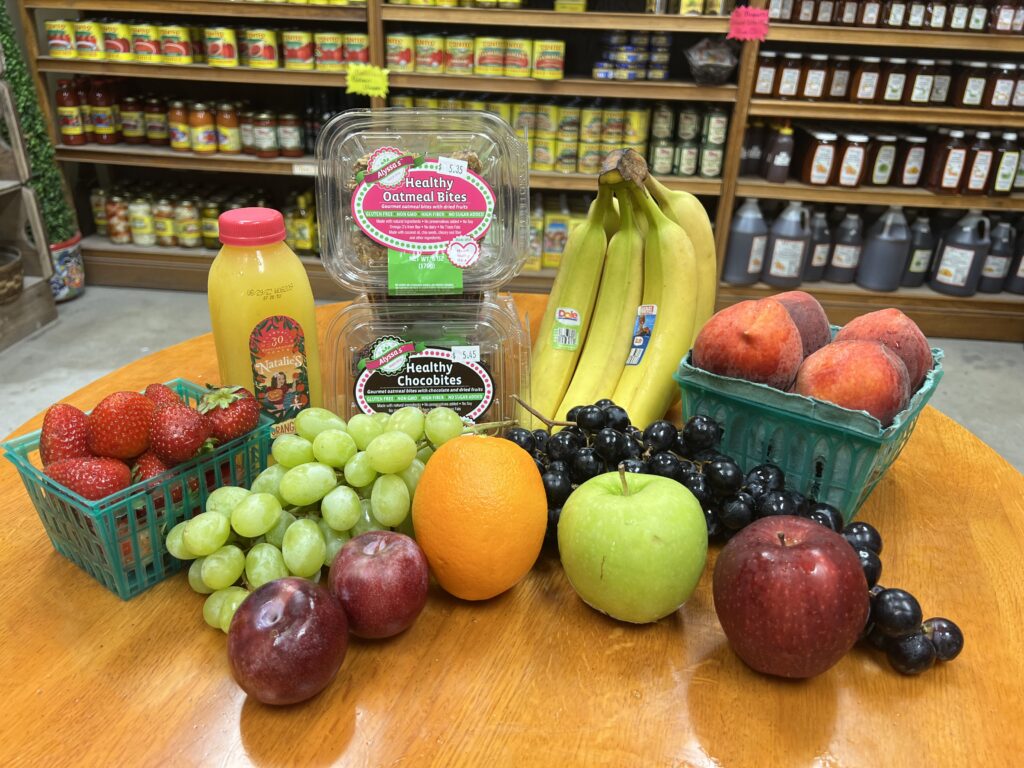Watermelon is technically a fruit because it grows from a seed and contains seeds. However, it is often considered a vegetable because it is a member of the gourd family and is typically eaten as a side dish or in savory dishes.
To determine if a watermelon is ripe, look for a yellow or cream-colored spot on the bottom of the fruit. This is called the “field spot” and indicates that the watermelon was left on the vine to ripen fully. Additionally, a ripe watermelon should feel heavy for its size and have a hollow sound when tapped.
Whole watermelons should be stored at room temperature until they are cut. Once cut, store the remaining watermelon in the refrigerator for up to 5 days. You can also freeze watermelon for longer storage.
Yes, the watermelon rind is edible and contains nutrients. However, it is often discarded because it is tough and not as flavorful as the flesh. Some people enjoy pickling watermelon rind for a unique and tasty snack.
Watermelon can be enjoyed in many ways, such as sliced and eaten as a refreshing snack, blended into a smoothie, or added to salads and salsas for a sweet and juicy twist. You can also use watermelon as a base for cocktails or freeze it into popsicles for a cool treat.











